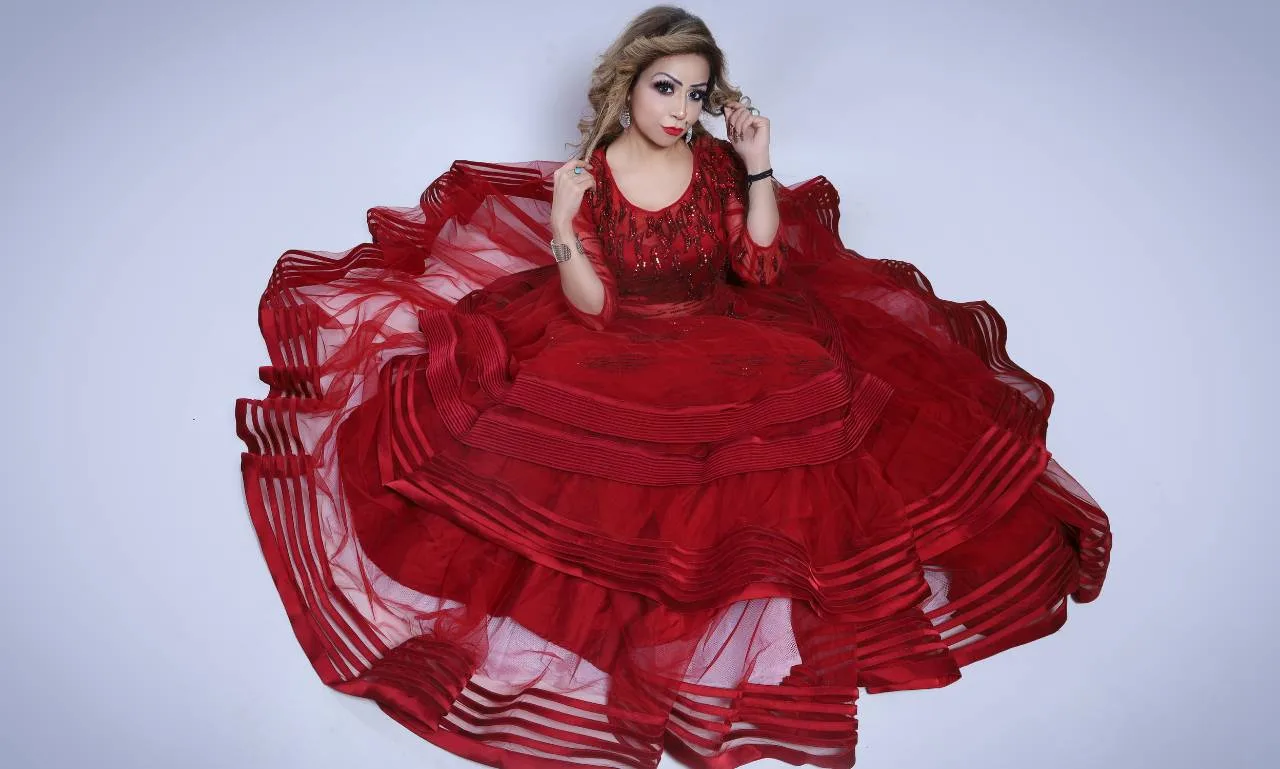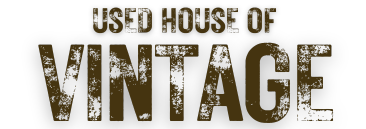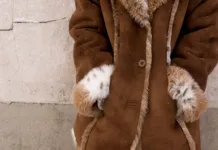Last Updated on February 26, 2025 by Used House Of Vintage
Introduction:
Ball dresses, with their timeless elegance and extravagant designs, have been a symbol of high fashion and social sophistication for centuries. These exquisite garments have evolved dramatically over time, reflecting changes in fashion, culture, and societal norms. In this journey through history, we’ll explore the fascinating evolution of ball dresses from their origins in the Victorian era to the modern interpretations that grace formal events today. You can also check out our detailed guide on History of Vintage Clothes.
Victorian Era The Birth of Ball Dresses:
The roots of ball dresses can be traced back to the Victorian era, a period spanning from the early 19th century to the early 20th century. During this time, elaborate balls and soirées were a significant part of high society, and women’s attire played a crucial role in defining their social status and refinement.
Silhouettes:
Victorian ball dresses were characterized by their voluminous skirts, often achieved with multiple layers of petticoats and crinolines. The bodices were tightly fitted with a pointed waistline, and off-the-shoulder and scoop-neck styles were popular choices.
Fabrics:
Luxurious fabrics such as silk, satin, and velvet were favored for ball dresses. Rich colors like deep burgundy, emerald green, and royal blue were in vogue.
Embellishments:
Victorian ball dresses were adorned with intricate lace, embroidery, and beading. The dresses featured ruffles, bows, and flounces, adding a sense of opulence.
Edwardian Era The Age of Elegance:
As the Victorian era transitioned into the Edwardian era (early 20th century), ball dresses continued to evolve. This period embraced a more restrained and elegant aesthetic.
S-Bend Silhouette:
The hourglass figure became popular, with a slight forward thrust of the hips and a higher, more defined waistline. Corsets were still worn but were less restrictive than before.
Simpler Designs:
Ball dresses in the Edwardian era often featured simpler lines and fewer embellishments, showcasing a preference for a more refined and delicate look.
Empire Waist:
Empire-style ball dresses with high waistlines and flowing skirts gained popularity, offering a departure from the tightly cinched waists of the Victorian era.
Roaring Twenties The Flapper Era:

The 1920s ushered in a new era of fashion, and ball dresses were no exception. The Jazz Age brought about a sense of liberation and a shift toward more relaxed and daring styles.
Flapper Dresses:
Ball dresses of the 1920s were characterized by their straight, loose-fitting silhouettes. Flapper dresses with dropped waists and short hemlines became iconic symbols of the era.
Beaded Fringe:
Beading and fringe embellishments were prevalent on flapper-style ball dresses, adding movement and shimmer to the garments.
Art Deco Influence:
The Art Deco movement influenced the geometric patterns and bold colors seen in many 1920s ball dresses.
You may also like this post:1920s Black Women Fashion: know the historical trends.
Mid-20th Century: Hollywood Glamour:
The mid-20th century brought Hollywood glamour to ball dresses, as movie stars and red-carpet events became influential in fashion.
Hourglass Silhouettes:
Ball dresses from the 1940s and 1950s featured cinched waists and full skirts, emphasizing the hourglass figure.
Tulle and Chiffon:
Light and airy fabrics like tulle and chiffon were commonly used, creating a sense of ethereal beauty.
Off-the-Shoulder Necklines:
Ball dresses often featured off-the-shoulder or sweetheart necklines, adding a touch of romanticism.
Modern Era Versatility and Individualism:
In the modern era, ball dresses have become more diverse and versatile, reflecting individual style and breaking away from rigid fashion norms.
Diverse Silhouettes:
Today’s ball dresses come in a wide range of silhouettes, including A-line, mermaid, and sheath styles, catering to various body types and personal preferences.
Innovative Fabrics:
Designers experiment with unconventional fabrics like sequins, metallics, and even unconventional materials like neoprene, pushing the boundaries of traditional ball dress materials.
Bold Colors and Prints:
Modern ball dresses embrace bold and unconventional colors, as well as intricate prints and patterns, allowing individuals to express their unique style.
Conclusion:
The history of ball dresses is a testament to the ever-evolving world of fashion. From the opulent Victorian gowns to the flapper dresses of the 1920s and the versatility of modern designs, ball dresses have continuously adapted to reflect the spirit of their times.Today, the beauty of ball dresses lies in their diversity, allowing individuals to choose styles that resonate with their personal tastes and make a statement at formal events. Whether you opt for a classic silhouette or a contemporary, daring design, ball dresses continue to captivate and inspire, embodying the essence of elegance and individuality.





